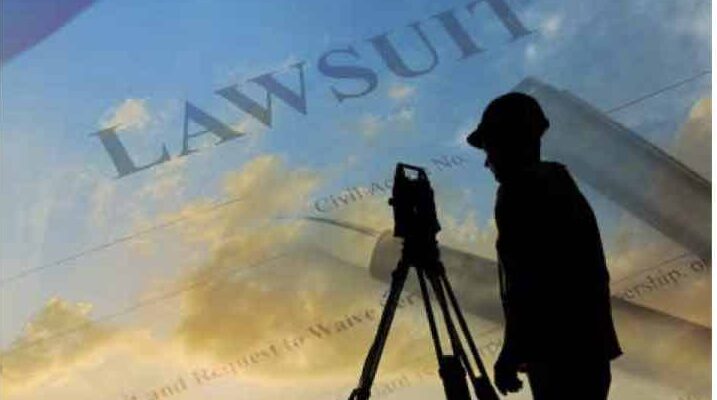Legal Boundaries
This is a question that has haunted the surveying profession for years if not decades. A second related question is: What’s the difference? Curtis Brown addressed this issue in an article he wrote that in 1961 that was published in the ACSM’s Surveying and Mapping magazine, entitled “The Professional Status of Land Surveyors.” In that article he pegged the land surveyor’s professional status on being subject to liability.
“Since we as surveyors are liable, one of the greatest deterrents to substandard work is the liability,” he wrote. “While liability to the individual may be considered a disadvantage, it is an advantage to a profession as a whole. Without liability, I fear that those willing to do poorer work for less money would soon ruin the professional standing of all land surveyors. And so, I say, professional liability is a privilege tending to prove the land surveyor’s professional standing.”
The question is a little more complicated than that. Historically speaking the term “professional” only applied to theology, law, and medicine. (Black’s) These three professions are what I have often referred to as the “Big Three.” Obviously, the term has expanded to other occupations over time but for this discussion we will stick with these three because of their shared unique characteristics and universal acceptance of their status as professions.
We will call these unique characteristics the “hallmarks of professionalism” that separate the Big Three from the crowd. We can’t consider all the characteristics in this short piece, so we will look at three that clearly create separation.
To begin with, the practitioners see their work as a calling as opposed to just a vocation. The practitioners take vows to render service whether paid or not. That’s an indication of how they view the importance of their work—it can’t be withheld when needed. Similarly, many surveyors feel they were called into the profession. While our work is consequently important, it can ethically be withheld if not compensated.
Next, they all sell the very same service. The stock-in-trade of these professions and in the final analysis the only thing they have to offer their clients is an opinion—an opinion on issues important to the client.
That’s not true of most other professions. There has been debate in court opinions as to whether engineers and architects render opinions (professionals) or warrant their work (technicians). There has never been that same debate over surveyors because the courts recognize surveyors as professionals because they render opinions on the location of property boundaries. Surveying is not an engineering project.
Finally, there is a special relationship between the practitioner and the client. For the clergy it’s spiritual, for the doctor it’s personal, and for lawyer it’s called the “attorney-client privilege.” These special relationships go to some of the core issues of life as we know it: spiritual well-being, physical well-being, and legal well-being. Once these valuable assets are taken care of what is the next most important treasure most landowning Americans have on God’s green Earth? Their private property and associated property rights.
With the hallmarks of true professionalism in mind, is the surveyor a professional rendering well-reasoned opinions on the location of property boundaries that represent the limits of the associated property rights, or a mere technician slavishly staking out deeds, breaking down sections, moving property corners around, and measuring correct results with a closure ratio?
I have often referred to Brown as the father of deed staking, which he freely admitted in his 1979 article “Land Surveyors Liability to Unwritten Rights,” in which he wrote: “In my early writings, I generally advocated that surveyors should locate land boundaries in accordance with a written deed.”
However, in that same article he reversed his philosophy, writing: “What did the client have in mind when he asked the surveyor to locate his boundaries? Was he asking the surveyor to locate his ownership? Or just the deed lines? As all surveyors should know, there is a vast difference between ownership and written deed rights…From my experience with clients, very few know that there is a difference between the two; most clients want to know what they own.”
After the article was published in Surveying and Mapping, Brown was accused of being a fence-line surveyor in a rebuttal article. Staking out deed lines can be accomplished by a trained technician. Professionals render well-reasoned opinions on issues important to their clients. Which are you?

